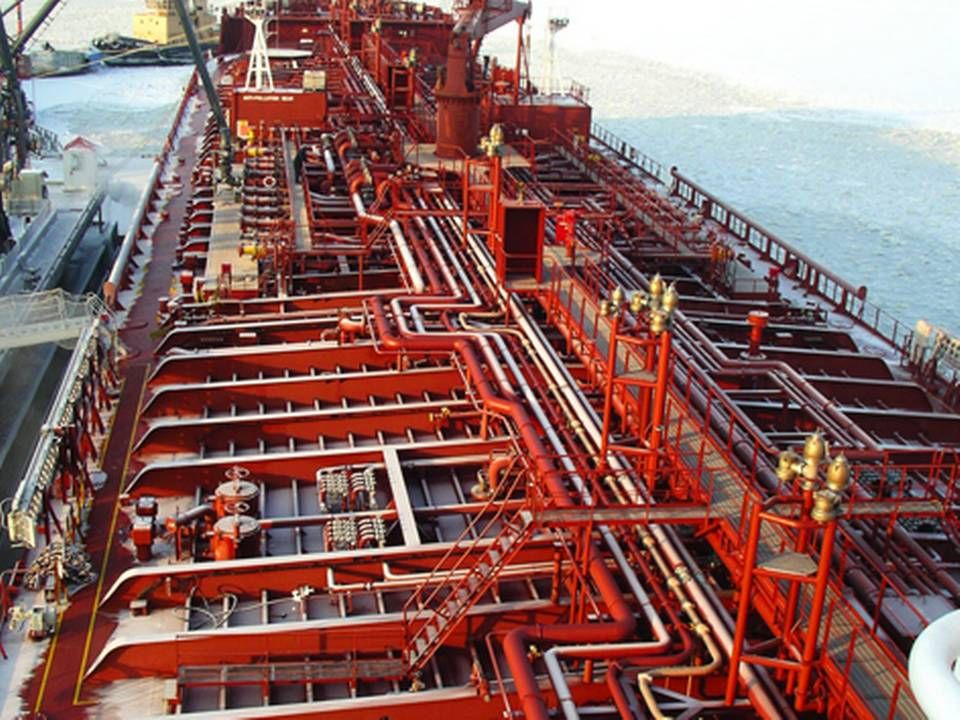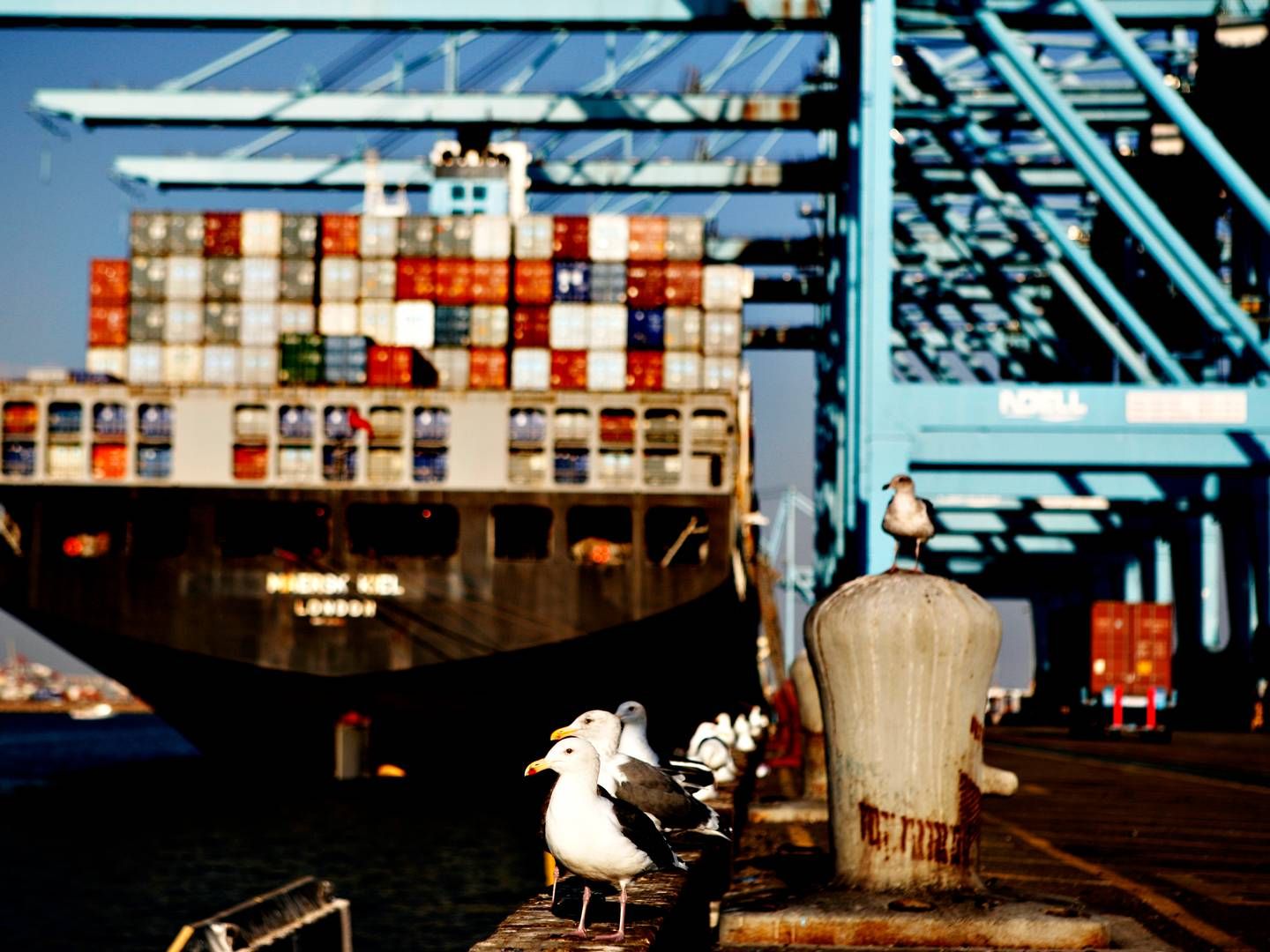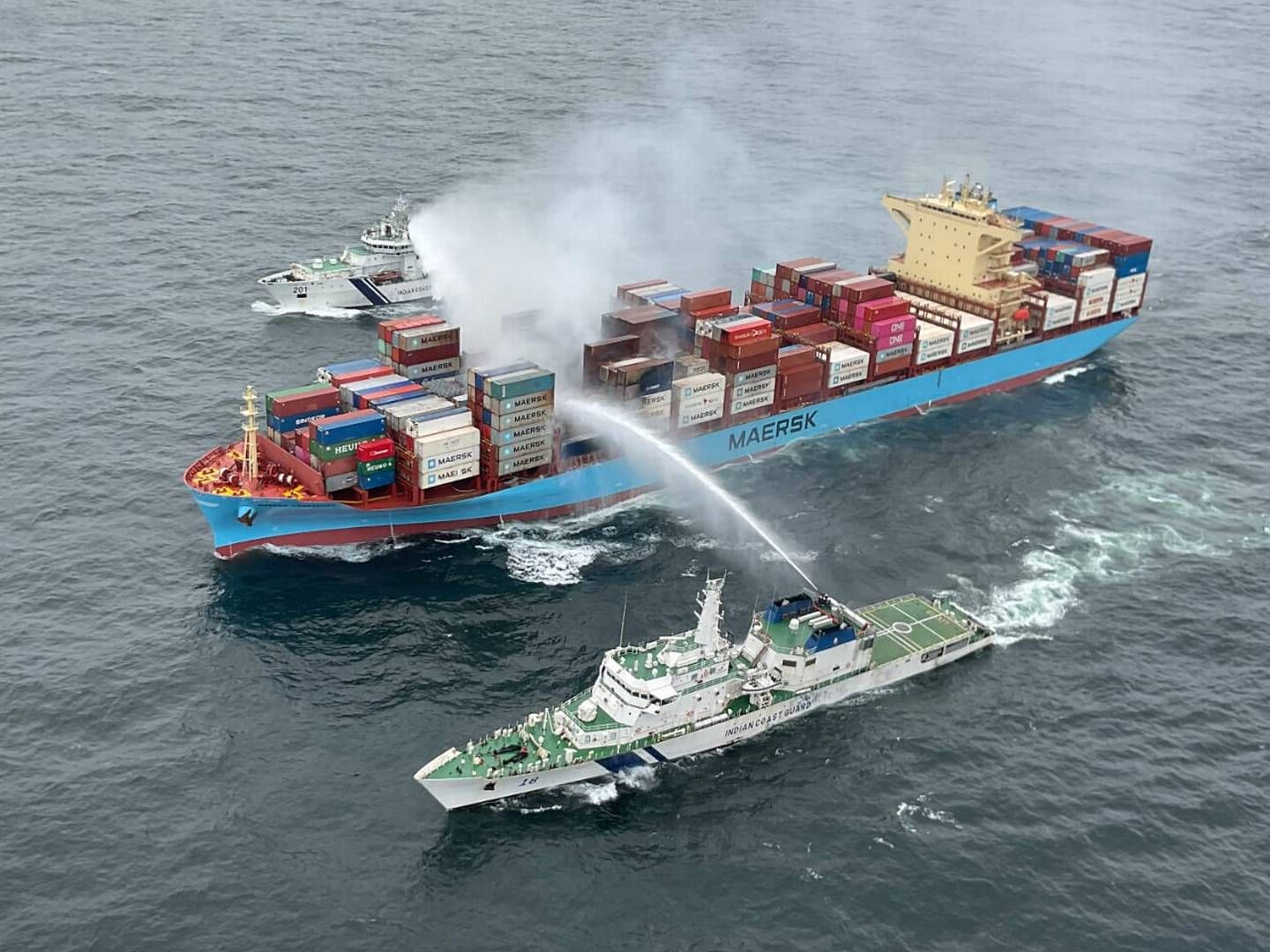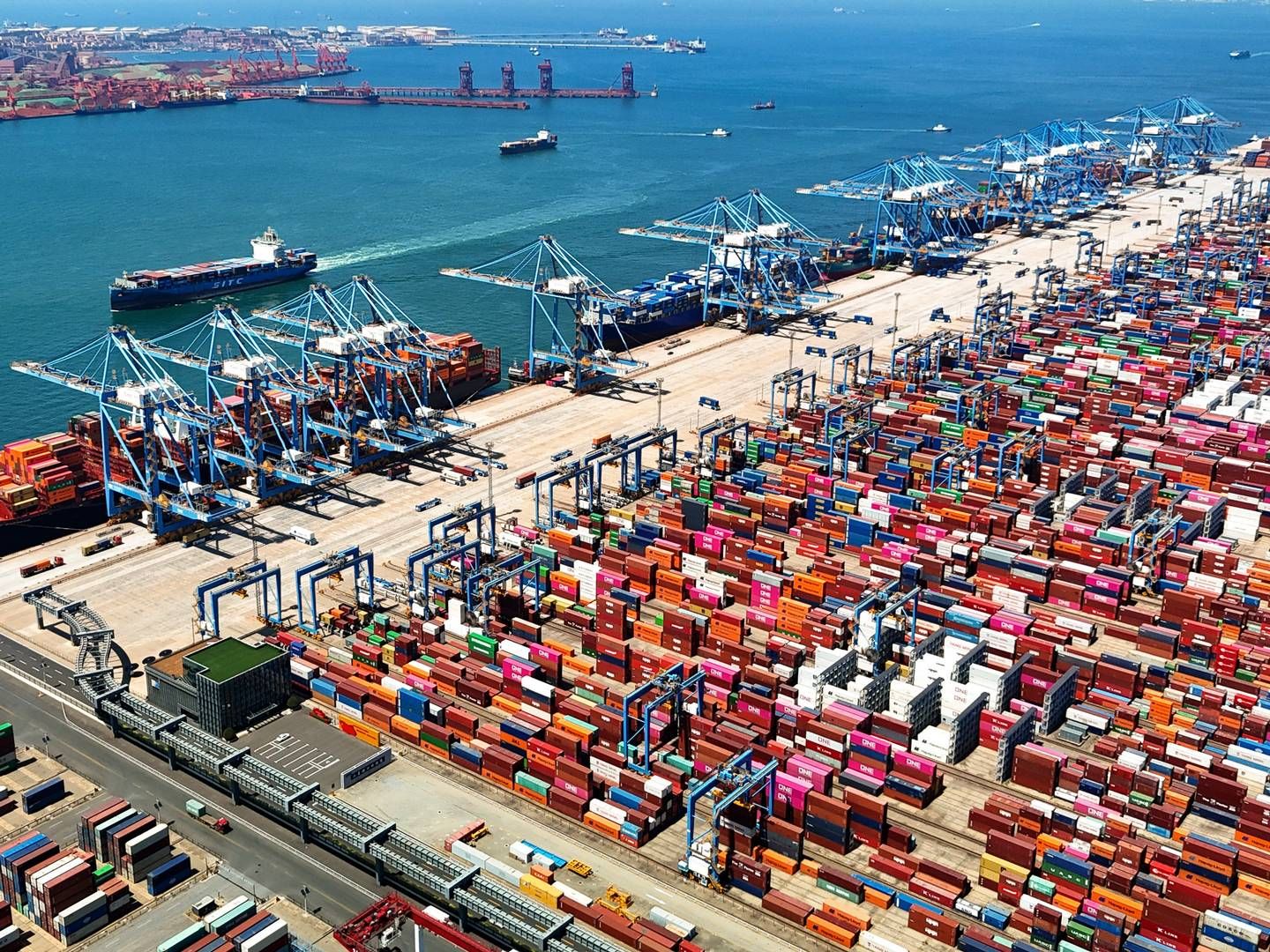Hafnia: Oil companies ditch ships older than 15 years

The new requirements for ballast water cleaning along with the oil companies' general age requirements for ships will make many shipping companies send product tankers to be scrapped, thus removing them from the market, which will make room for the many newbuildings in the pipeline, says Hafnia Management CEO Anders Engholm, who, following the establishment of Hafnia Tankers will be operating a fleet of around 70 product tankers.
Together with a strong expected demand for refined products, Anders Engholm is not concerned about the huge and still-growing orderbook for product tankers that will enter the market in the coming years.
Out with the old
"Most oil companies today prefer ships that are less than 15 years old, even though no one is saying it out loud. With the new requirements for investments in ballast water systems and other things, many carriers will probably choose to scrap their ships when they approach the oil companies' unofficial age limit. This will reduce the average scrapping age, so that many ships will disappear, and considering the general growth in, especially, developing countries and in the general global trade, we believe that the overall demand for product tankers is bigger than the amount of vessels taken out of the market. A great part of the tonnage, then, will replace the old tonnage, which will disappear," Anders Engholm tells ShippingWatch, and adds that the expected rising profits from the new eco-design ships will further challenge the older tonnage and boost the scrapping activity.
The complete team behind the new Hafnia Tankers
The combined commercial platform of Hafnia Tankers consists of a fleet of more than 70 product tankers, including pools under Hafnia Management and Straits Tankers. The fully-owned fleet of 27 ships - with eight newbuildings delivered in 2015 and 2016 - will have an average age of 3.1 years.
This makes Hafnia Tankers a significant player among the big tanker carriers, and the company still harbors ambitions of further expanding the total fleet.
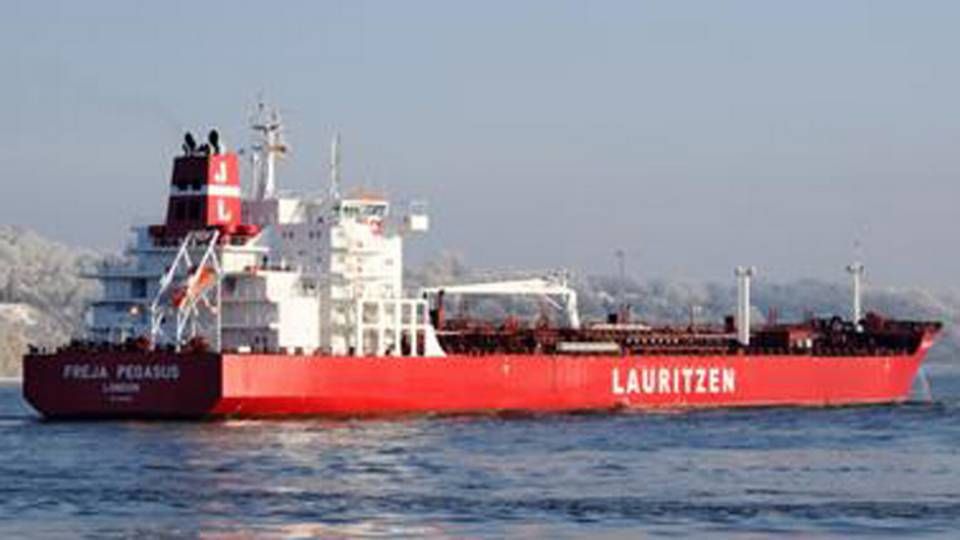
"With Hafnia Tankers we're growing organically, but there are areas where we could easily handle more ships. We're a volume-driven business, and there's no doubt we're going to need more hands," says Anders Engholm:
"The focus for us is to optimize the profits for our partners. With too many ships, there's also a risk that the curve breaks and that one forgets to nurse the individual business. So we don't have a set goal for how many ships we need. But we'll be keeping a close eye on profit optimization."
Newbuildings
And analyses do indicate that the newbuilding boom in product tank might look more serious on paper than it actually is.
Former Torm employees raise multimillions for new shipping company
The MR segment currently holds orders for around 200 newbuildings of 40,000 to 60,000 teu, corresponding to approx. 18 percent of the existing fleet. But if one subtracts orders from Brazilian yards placed before 2011, the prospects of which might be uncertain, ships covered by the Jones Act, and which thus cannot leave US waters, and an order for 14 ships by bankrupt Korean carrier STX Pan Ocean, the total orderbook could be significantly lower than the 18 percent of the existing fleet newbuildings currently account for, says Pareto Securities.

